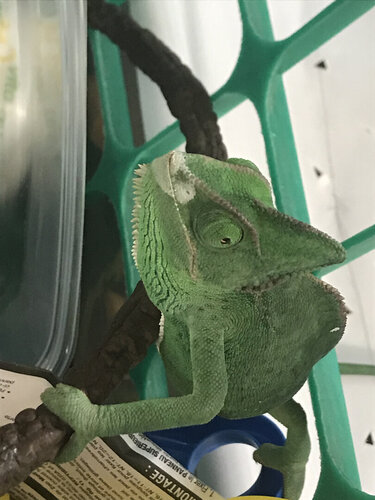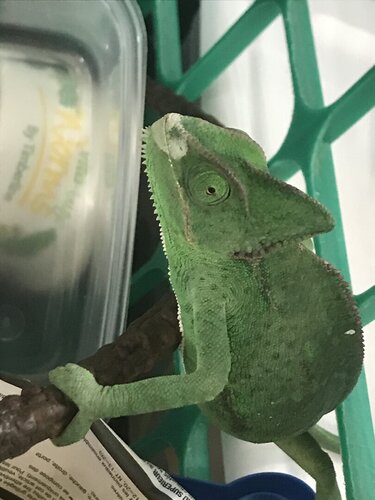Gf33
Member
Today i noticed that my female veiled chameleon had white around her nostril and mouth. I was wondering what this meant?
She is still eating and moving around alright. Two days ago, i switched her uvb light from a T8 light to a T5. Could that have something to do with it?
She is still eating and moving around alright. Two days ago, i switched her uvb light from a T8 light to a T5. Could that have something to do with it?








